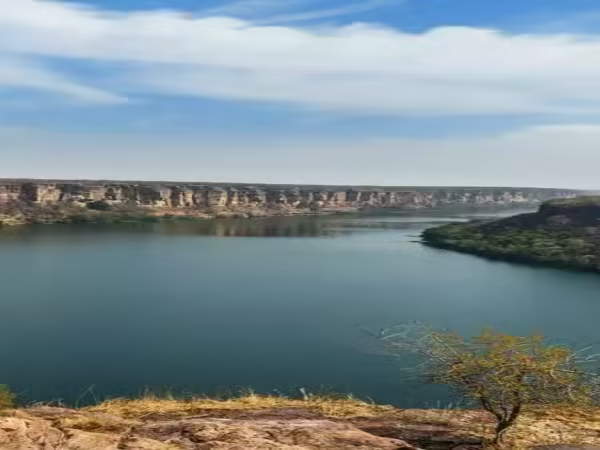

Large rivers like Ganga, Yamuna, Godavari, Narmada and Brahmaputra are considered cultural, religious and environmentally important in India. But over time, most of these rivers have seen heavy pollution due to industrial waste, urban dirt and religious waste. In such a situation, there is also a river called “the only pollution -free river of India” – the Chambal River. It is surprising to hear how a river-like river, which flows from a relatively dry and rugged areas of North India, remains clean and full of biodiversity even today. Let’s know the main reasons behind this.
https://www.youtube.com/watch?v=_zenuu6eee0
Introduction to Chambal River
The Chambal River originates from the hills of Janapav near Mhow near Indore in Madhya Pradesh and meets Yamuna river via Rajasthan, Madhya Pradesh, Uttar Pradesh. The river is about 960 km long and is known for flowing through its sharp stream, deep cache routes and ravines. But despite these geographical inequalities, this river has kept itself clean over time.
Why is Chambal pollution free so far?
Distance from industrial and urban development
The areas around the Chambal River have not developed industrially. There are no big factories, factories or heavy industrial units, so that chemical waste does not reach water. Also, the towns and villages situated on the banks of the river are also with limited population, so that there is no direct flow of urban dirt.
Distance from religious and social beliefs
The Chambal river is not worshiped religiously like other rivers of India. There are no traditions like religious bath, dead body immersion or flow of idols, due to which its water is also saved from cultural pollution. This is the reason why this river has remained in its natural form.
Rugged region becomes a boon
Most of the Chambal river flows through rugged and difficult hilly areas. This area is rare in terms of population and is less human intervention here. The advantage of this is that the river has a natural armor to stay away from pollutants.
Wildlife conservation center
The Chambal River is a refuge of crocodiles, dolphins, crocodiles and many rare turtles. The National Chambal Sanctuary is also established here, which is spread in Uttar Pradesh, Madhya Pradesh and Rajasthan. For the protection of these species, strict monitoring is done by the government and the forest department, due to which this area has been environmentally preserved.
Local people awareness and natural harmony
The villagers and tribal people living in the Chambal region understand the importance of the river and are aware of water pollution. Here the local cleaning, conservation and traditional use of chambal are found here.
Scientific studies have also been confirmed
Studies conducted by many environmental institutions and water resources experts suggest that the Water Quality Index of Chambal is the best compared to the major rivers of India. The amount of its water soluble oxygen has been found to be balanced and biological waste minimum.
Future challenges
Although Chambal is still pollution free, the alarm bell has also started ringing. The plan of increasing sand mining activities, poaching, and hydroelectric projects in some areas may affect its natural flow and ecology. Therefore, there is a need to take concrete steps to maintain the purity of Chambal together.
-
Mega blast will be revealed on August 15, new platform will be revealed

-
How Shamar Joseph’s Spell Exposed Australia’s Fragile Top Order:

-
Cricket News: Karun Nair’s ‘flop show’ in England, did not Shreyas Iyer choose a big mistake

-
How India’s Navy Was Seconds from Firing a BrahMos Missile at Karachi:

-
8th Pay Commission: Net salary on grade-pay of Level-1, 2, 3, 4, 5, 6, 7?
